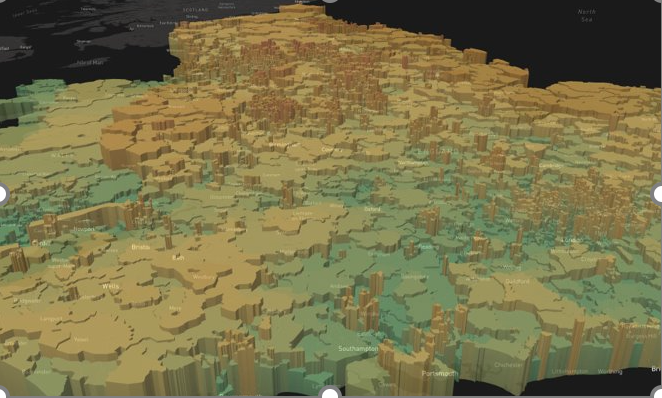- Impact: Incremental
- Key benefits/themes: Consumer Vulnerability, Financial, Efficiency
- Project partners: Northern Gas Networks (NGN), Northern Powergrid, Egnida Innovation, Scottish & Southern Electricity Networks and Cadent
The Challenge
Both Gas and Electricity Distribution Networks Operators (GDNs and DNOs) need to be able to predict locations where customers in vulnerable circumstances could benefit from additional help. Without this information, it’s difficult to provide tailored support to customers with specific needs, such as issues caused by a power outage or an individual’s financial situation.
Although some GDNs and DNOs currently have data mapping tools which can assist in understanding where support is needed, these tools often lack the universal ability to bring together disparate sets of data into an easily accessible and user-friendly visual environment.
The Solution
The Vulnerability Visualisation Tool provides GDNs and DNOs with:
- A big data platform which informs users where multiple factors could compound to affect customers in vulnerable situations negatively.
- A web app which allows users to identify clusters of network areas where customers require support and filter by specific needs.
- A mobile app which allows on-the-ground staff to identify specific needs in their area and navigate areas of vulnerability.
Project Partners
The EIC is supporting SME, Egnida Innovation Ltd, to develop the solution. Northern Gas Networks (NGN), Northern Powergrid, Scottish & Southern Electricity Networks and Cadent have accessed funding for the project via the Network Innovation Allowance (NIA) incentive.
This funding, along with additional support from the network partners, is enabling the solution to be developed from Technology Readiness Level (TRL) 3 to 8 across the two project phases.
The tool will then be ready for adoption into Business as Usual (BAU) activities by the networks where it is expected to deliver significant Social Return on Investment
“The ambition is that this tool will become a shared, one-stop shop for utilities and other stakeholders that will measure, assess and help tackle vulnerability.
By building a single point of reference for all parties, knowledge will be shared with other initiatives that aim to provide vital support to customers in vulnerable situations.”Steven Dacre, Innovation Vulnerability Lead, Northern Gas Networks
The Project
Phase 1 successfully delivered a beta version of the tool that was extensively tested by over 50 users as well as a diverse range of internal and external stakeholder groups, including National Energy Action (NEA). It also highlighted that further work would enhance the tool’s capability to deliver significant societal benefits.
Phase 2 will therefore focus on expanding the tool’s reach by incorporating more partners (networks, charities, suppliers and others) and more data. The use of Artificial Intelligence (AI) and Machine Learning (ML) will generate additional insights and benefits, including improved user experience and data accuracy.
The Impact
- Consumer Vulnerability : By identifying specific needs in specific areas, the tool allows for more tailored support programmes, enhancing the effectiveness of projects/activities that the networks undertake to support vulnerable customers.
- Efficiency : The tool’s capability to aggregate multiple datasets into a single platform streamlines decision-making and reduces the time and effort required to identify geographical areas where vulnerability is high.
- Financial: By providing a more accurate picture of vulnerability, the tool supports targeted resource allocation and has the potential to offer significant cost savings compared with blanket approaches.
“The EIC has been the driving force in shaping this collaboration with a wide variety of partners and stakeholders. Having their support has not only helped to expand the project’s reach and potential impact, it’s also guided us through important milestones such as requirements scoping and contract agreement”
James Perry, Director, Egnida Innovation
Next steps
Following the completion of the phase 2 development and testing in summer 2024, the tool will be integrated into the project partners’ BAU activities.
At the same time, a free-to-access version of the tool will be made widely available to other third-party organisations. It will also support stakeholders working across geographical boundaries to take a more holistic view of their practices.

